


Our approach combines a guided boat excursion with hands-on scientific workshops that teachers will conduct in the classroom. We'll provide all the necessary documentation during your visit.
This theme aims to introduce students to the maritime facade of Fort-de-France Bay and encourage them to apply knowledge and practices to protect nature and develop the region.
We offer two excursion choices for this theme :
1. A comparative study of two coastal areas :
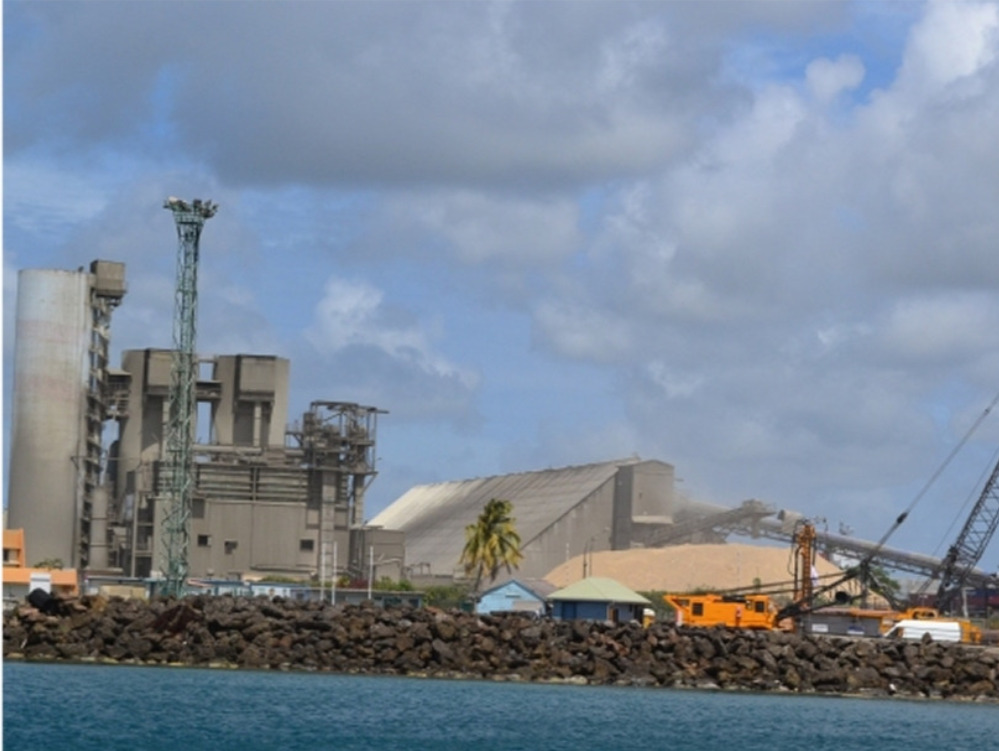
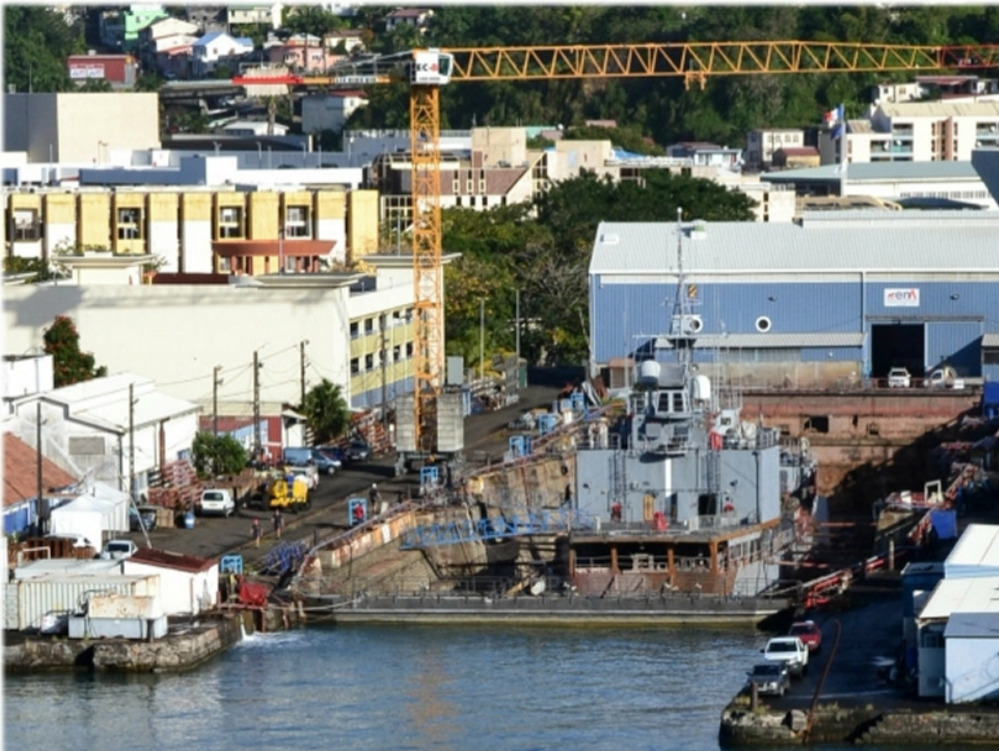
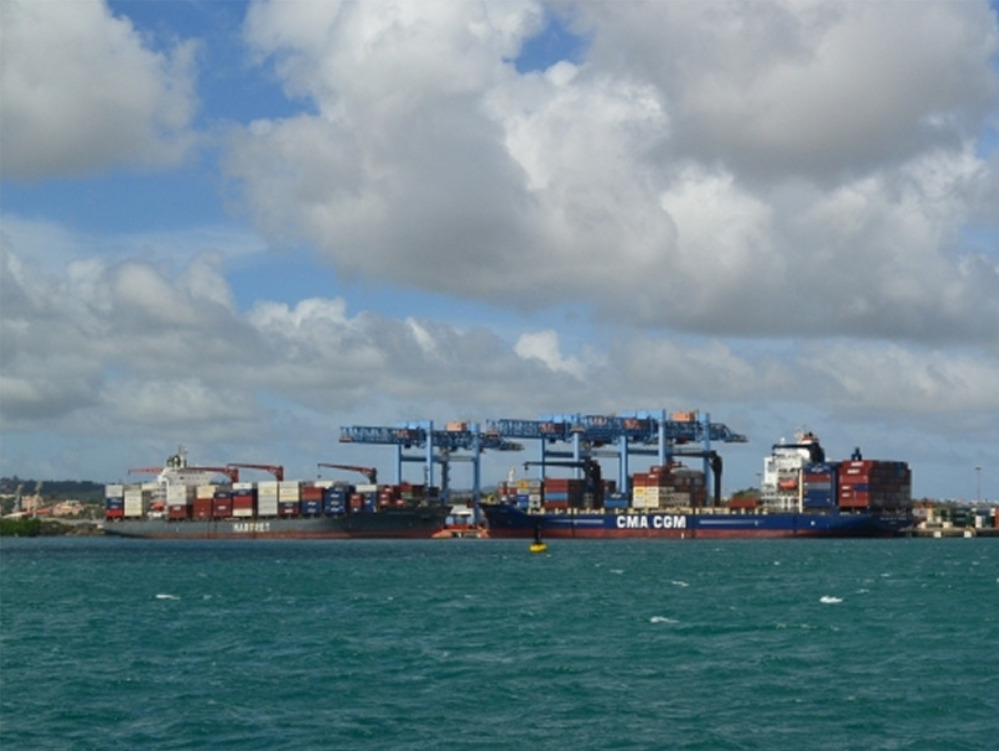
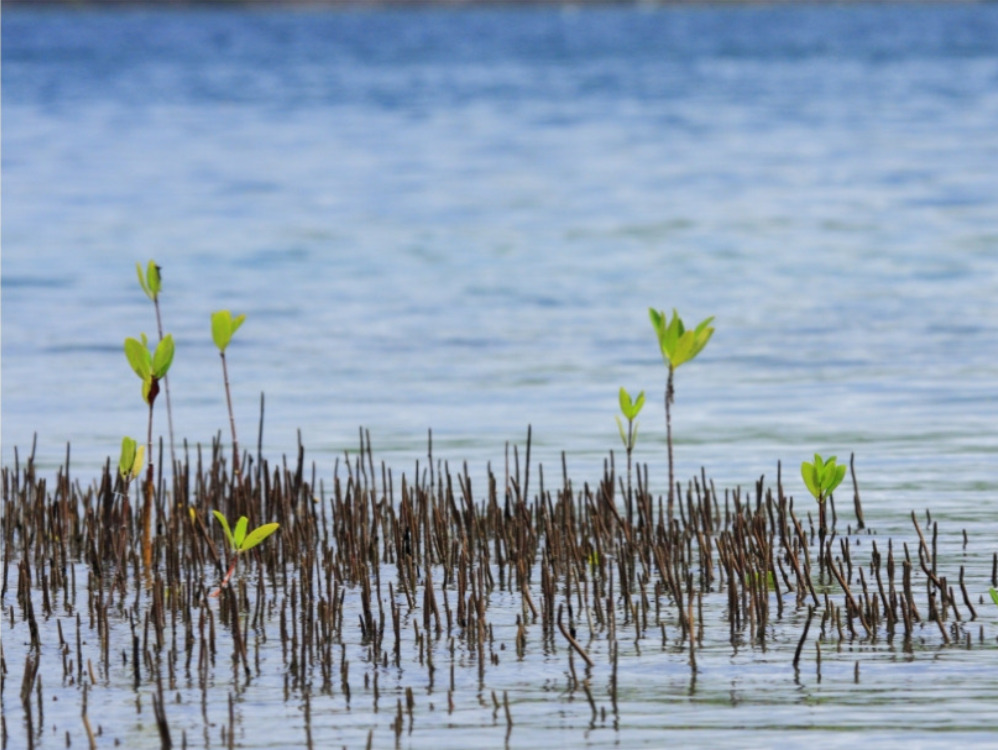
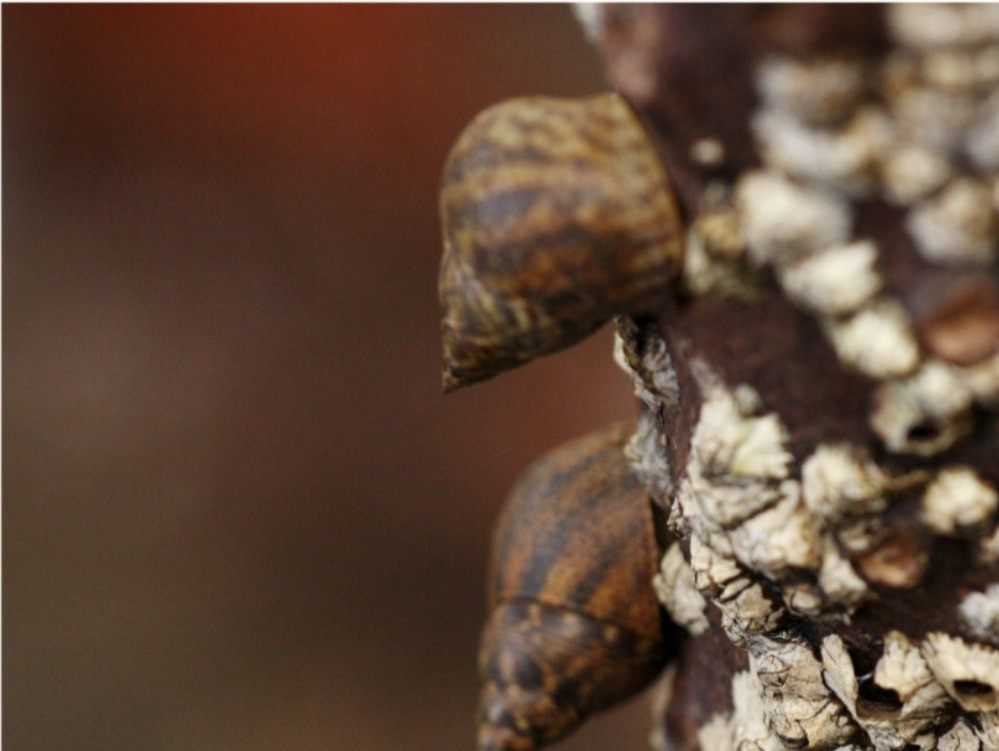
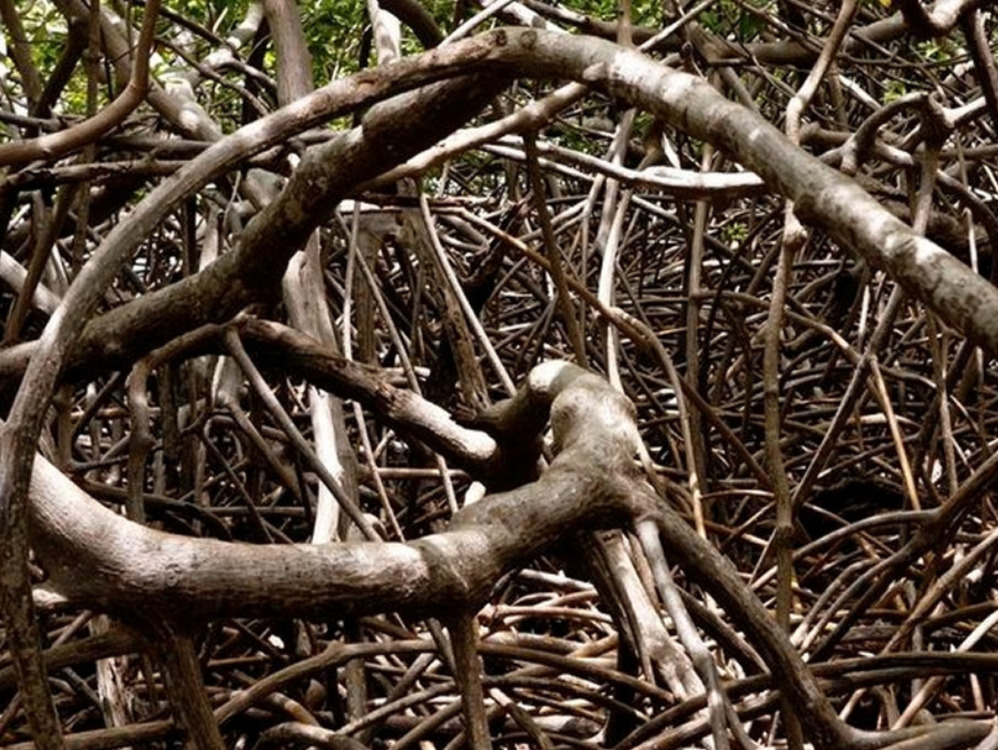
2. A comparative study of two marine ecosystems observed via underwater viewing :
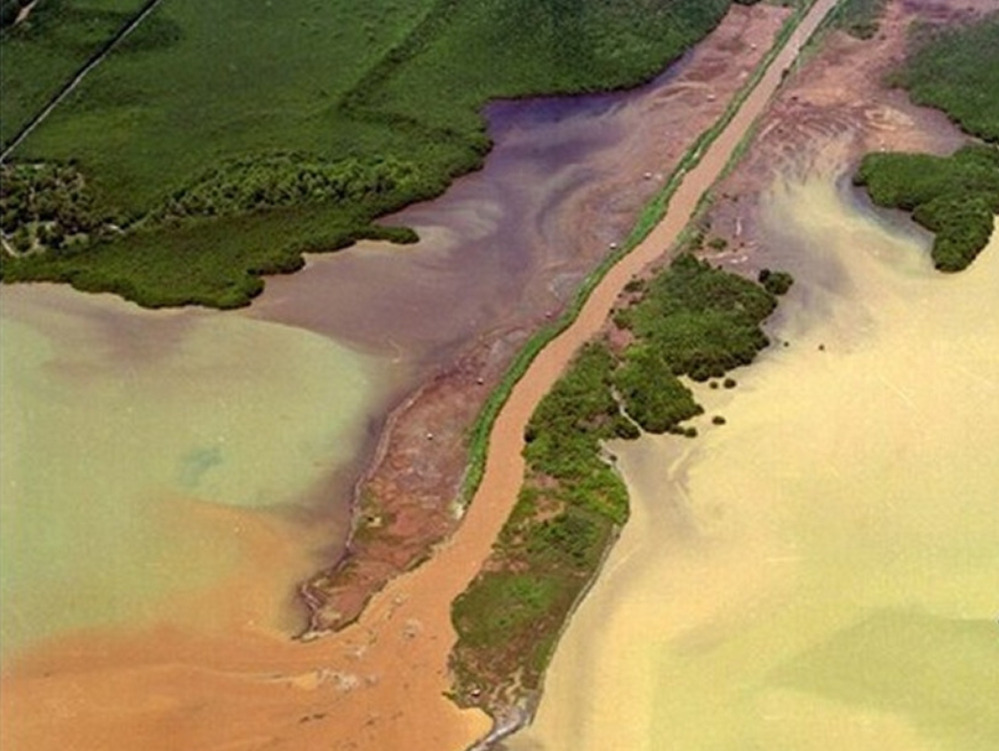
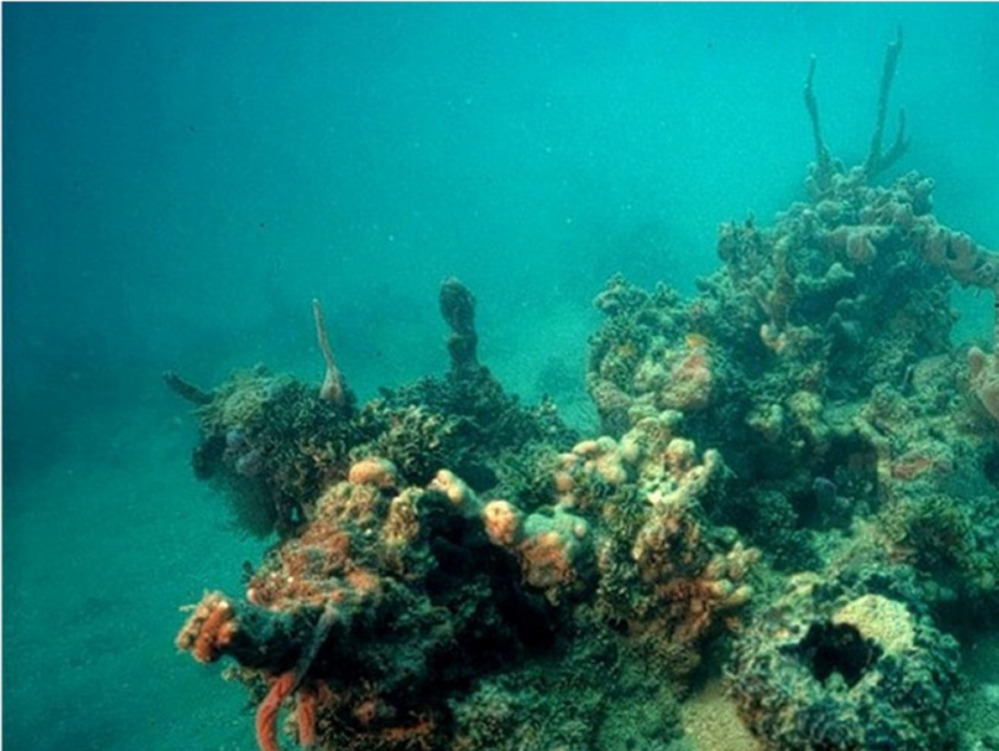
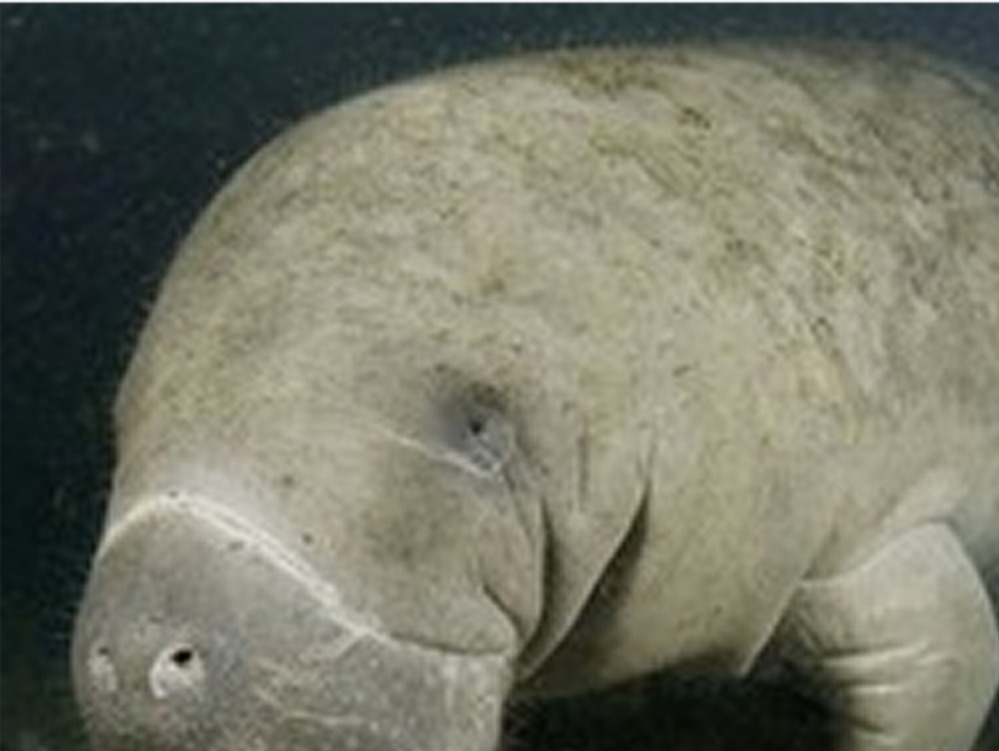

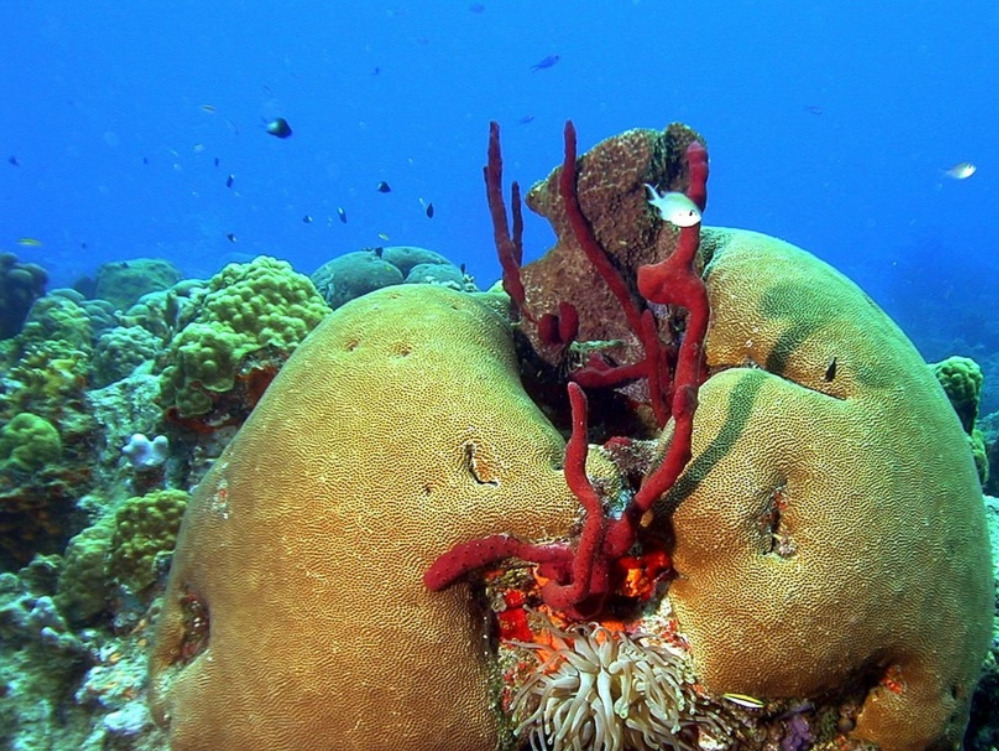
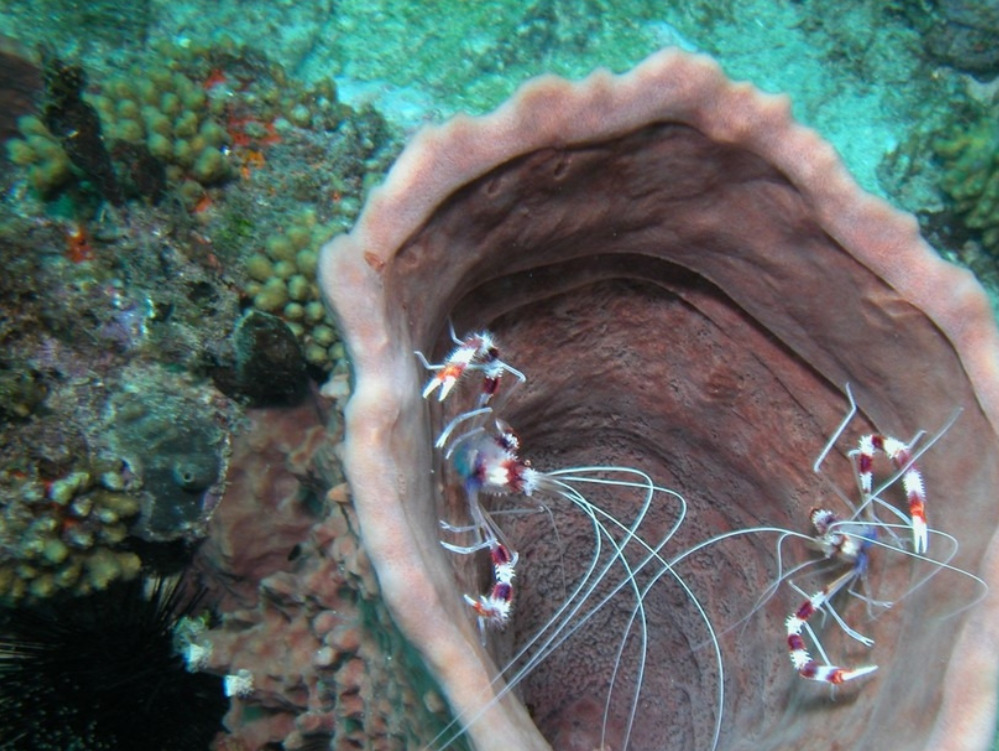
The goal here is to enable students to discover different volcanic structures from the sea and to use information to understand the various mechanisms that led to their formation (lava viscosity, gas content in lava, and the impermeability of volcanic conduits).
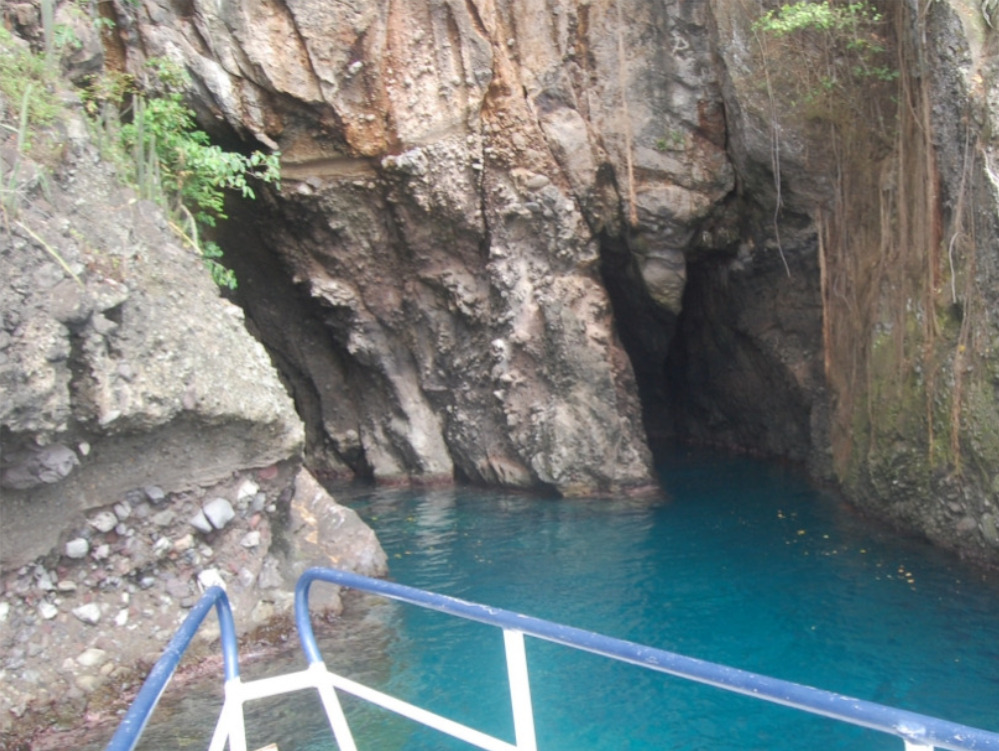

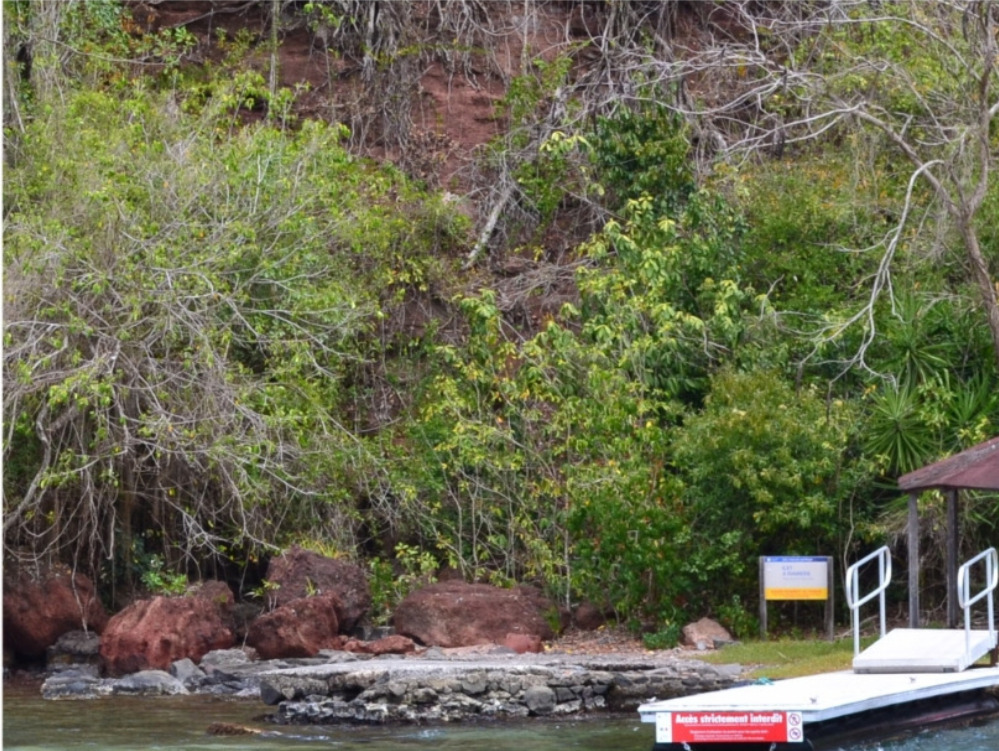
This theme aims to discover the maritime facade of various sites that recount the different stages of human occupation on the island.
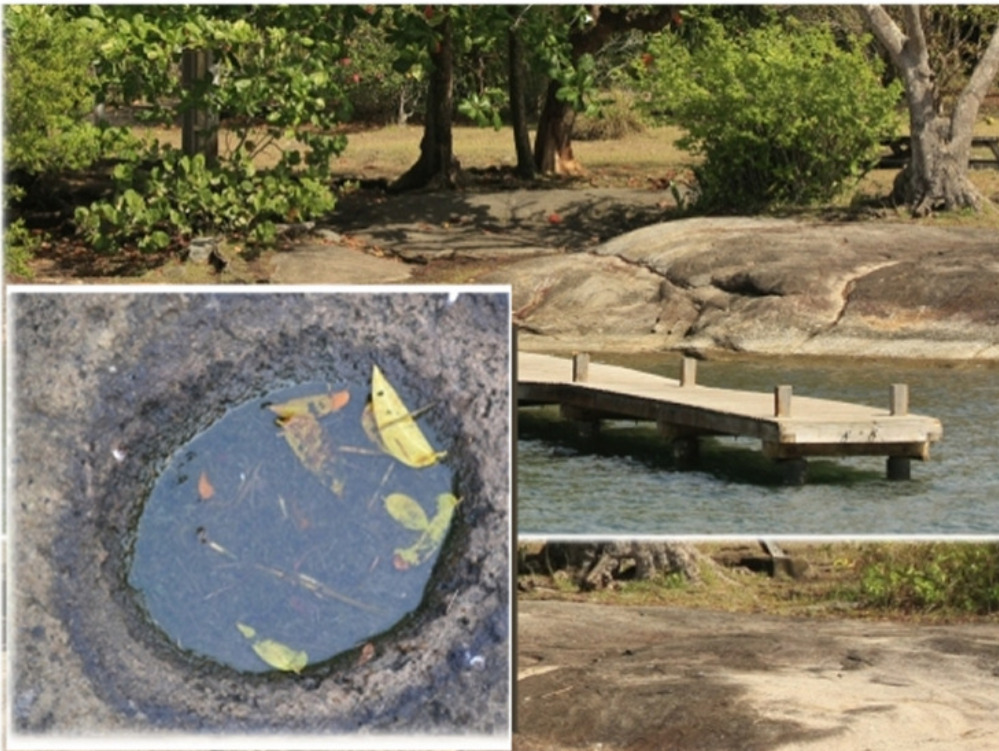
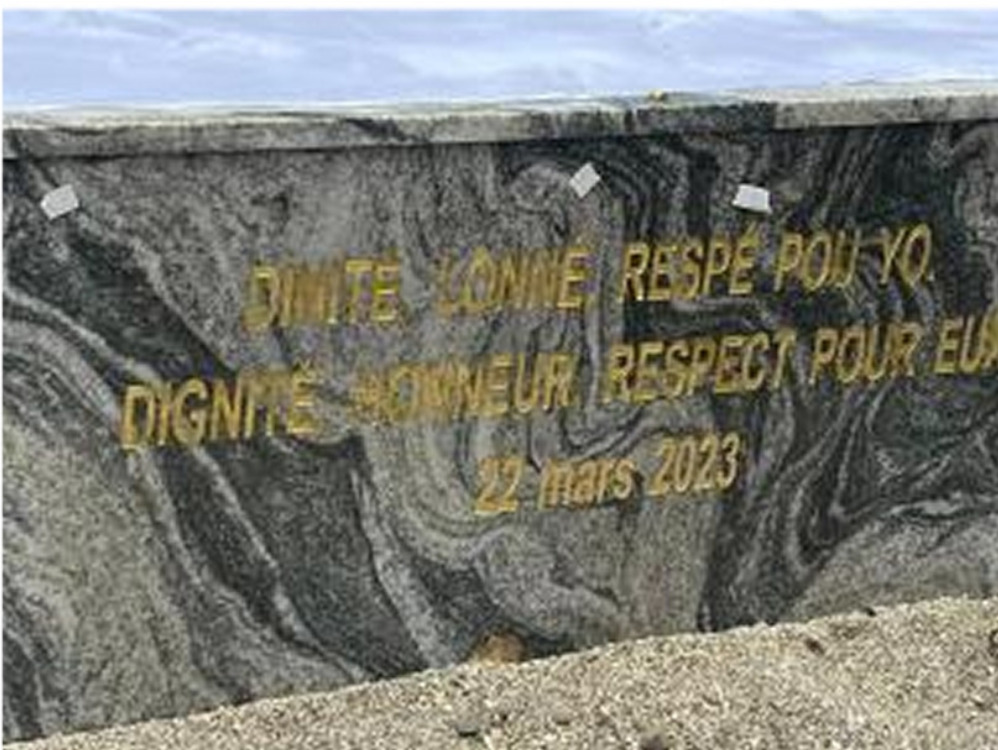
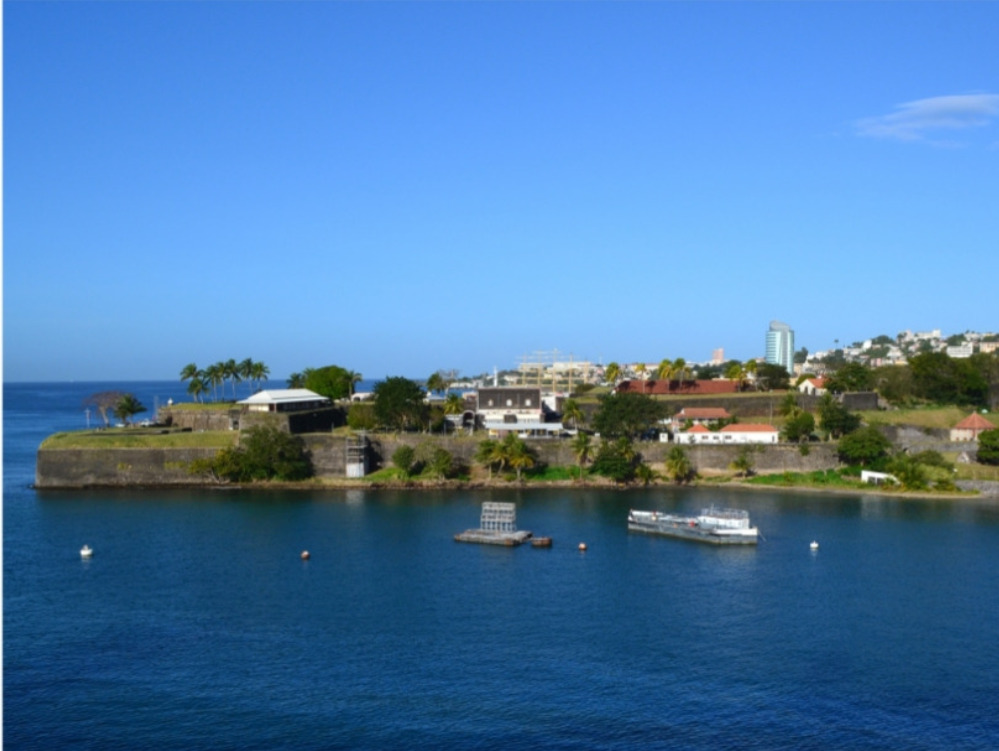
1. The Petit Îlet polishing stones : Occupation by Amerindians (Polished Stone Period).
2. The Anse Bellay site and its three phases of occupation :
- First Amerindian occupation (Polished Stone).
- Second Amerindian occupation (Ceramics).
- Colonial period (slave remains).
3. The fortifications :Colonial period (Îlet à Ramiers, Pointe des Nègres, Fort Saint-Louis, Pointe du Bout).
The objective is to discover the various facets of Genipa Bay:
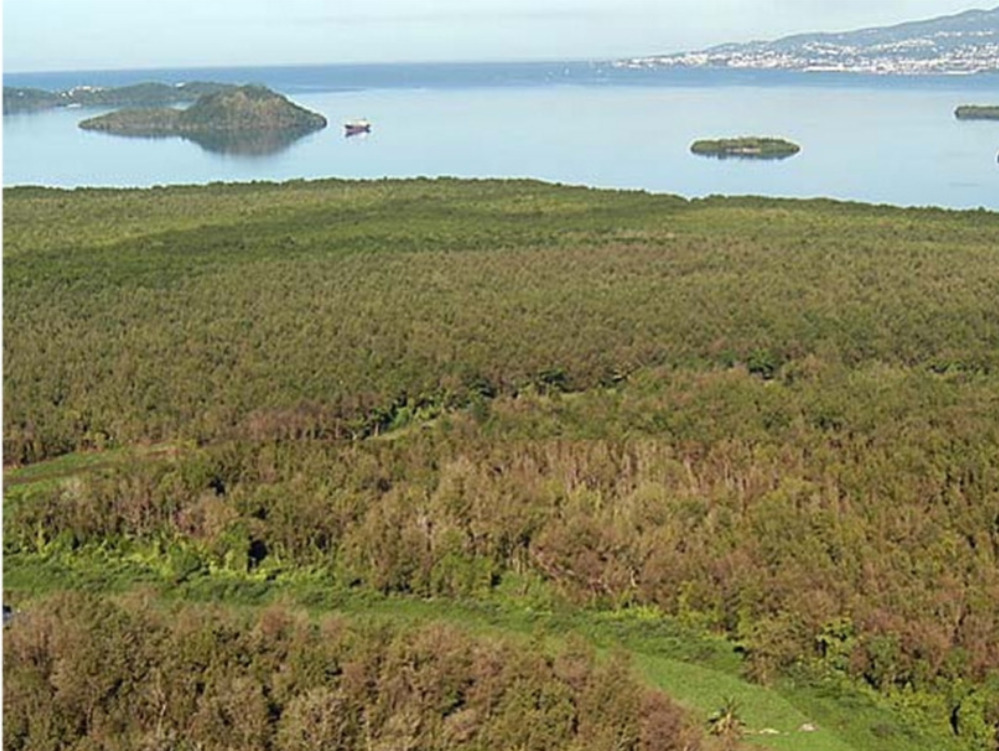

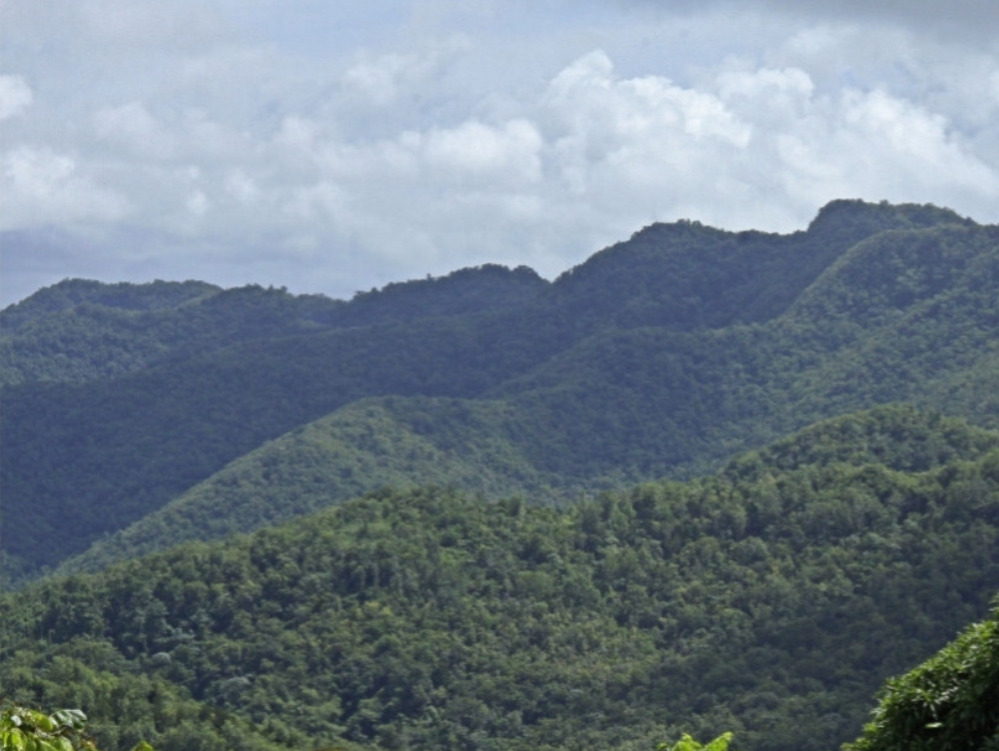
1. The Genipa mangrove : Its surface represents two-thirds of Martinique's 1,800 hectares of mangrove. It's possible to enter this mangrove by going up the Rivière-Salée or the Canal Cocotte. Students will study its fauna, flora, and its role as a nursery and coastal protector.
2. The Trois-Îlets volcanic complex :
- An approach to the two major types of eruptive styles with a comparative study of the eruptive vents of Phaeton, Vatable, Gros-Îlet, and Petit-Îlet.
- A detailed model of all stages in the life of a volcano, from birth to death, due to the migration of the emission point over time.
- An introduction to the first human occupations of Martinique with the archaeological site of Petit-Îlet and its battery of polishing stones.
- An introduction to the study of hydrothermal phenomena. From dacite to clay: the site of the Trois-Îlets Pottery.
3. The Trois-Îlets Pottery :From colonial dwelling to industrial unit.
4. Study of the maritime facade of the wooded volcanic massifs of the Southwest Peninsula : a jewel of global biodiversity..